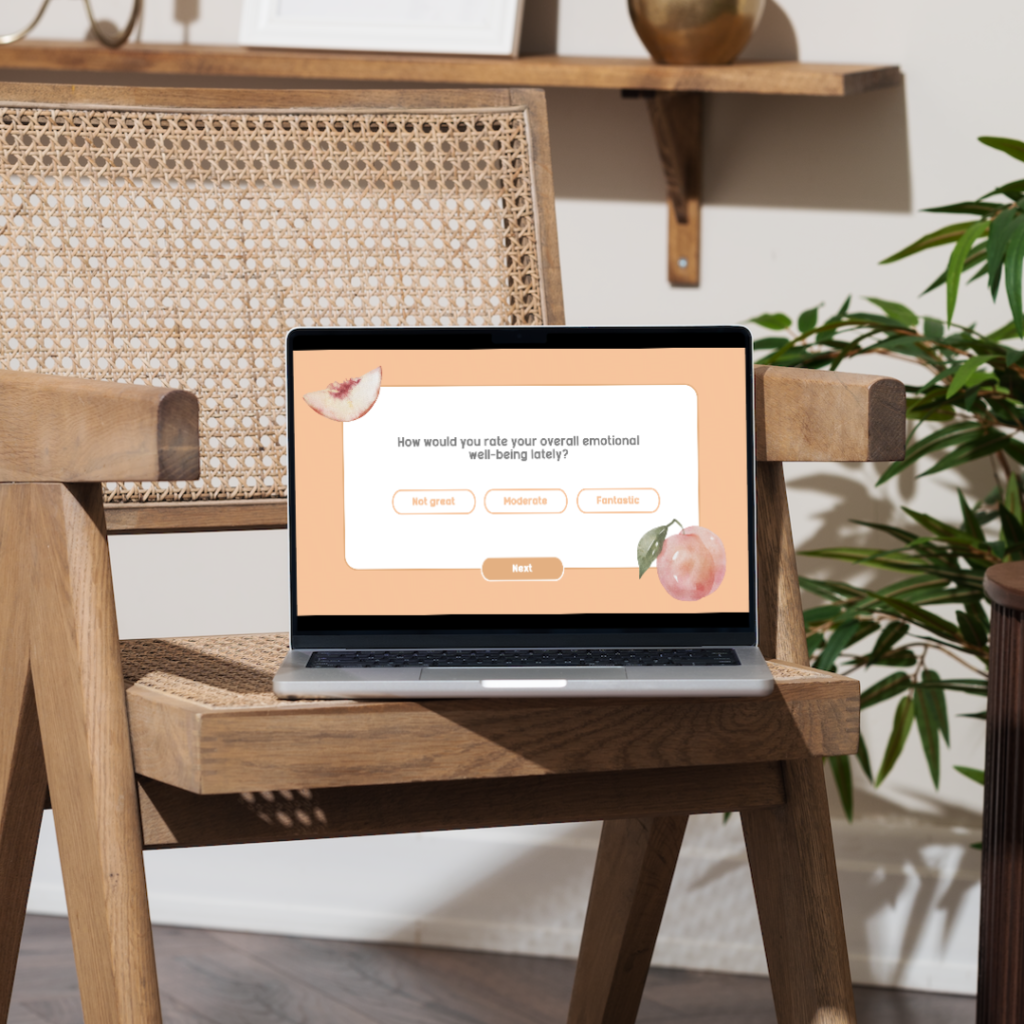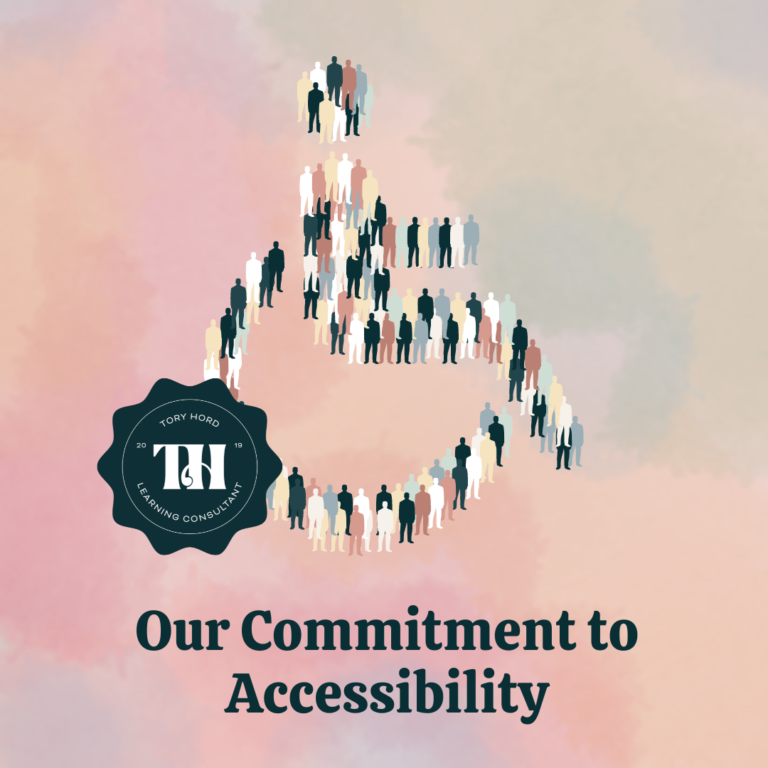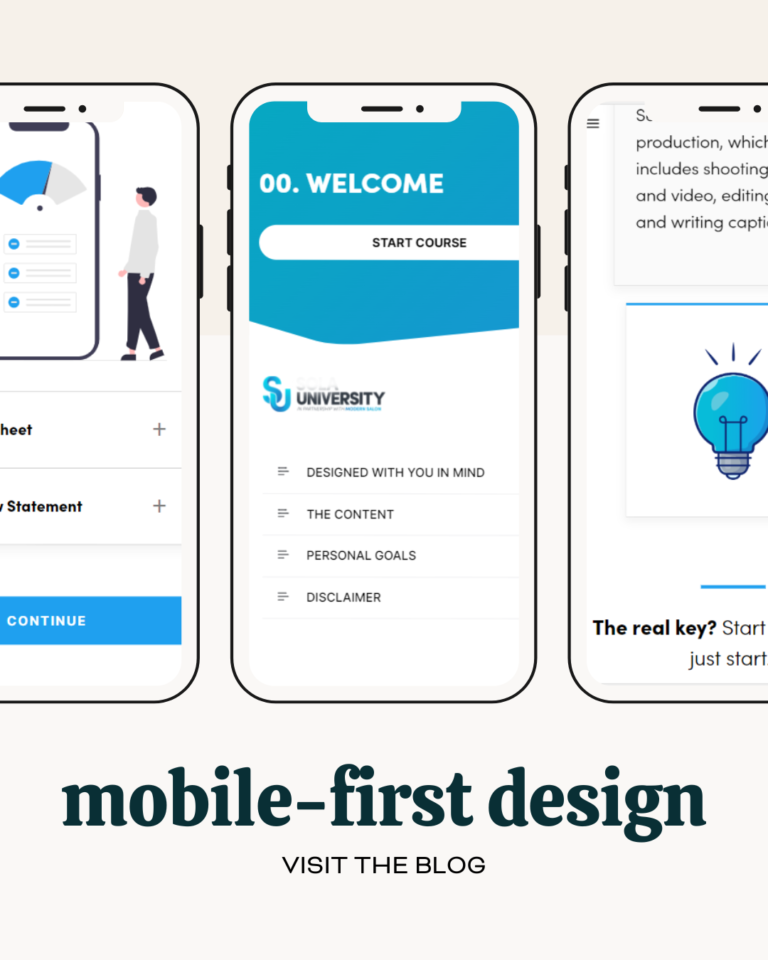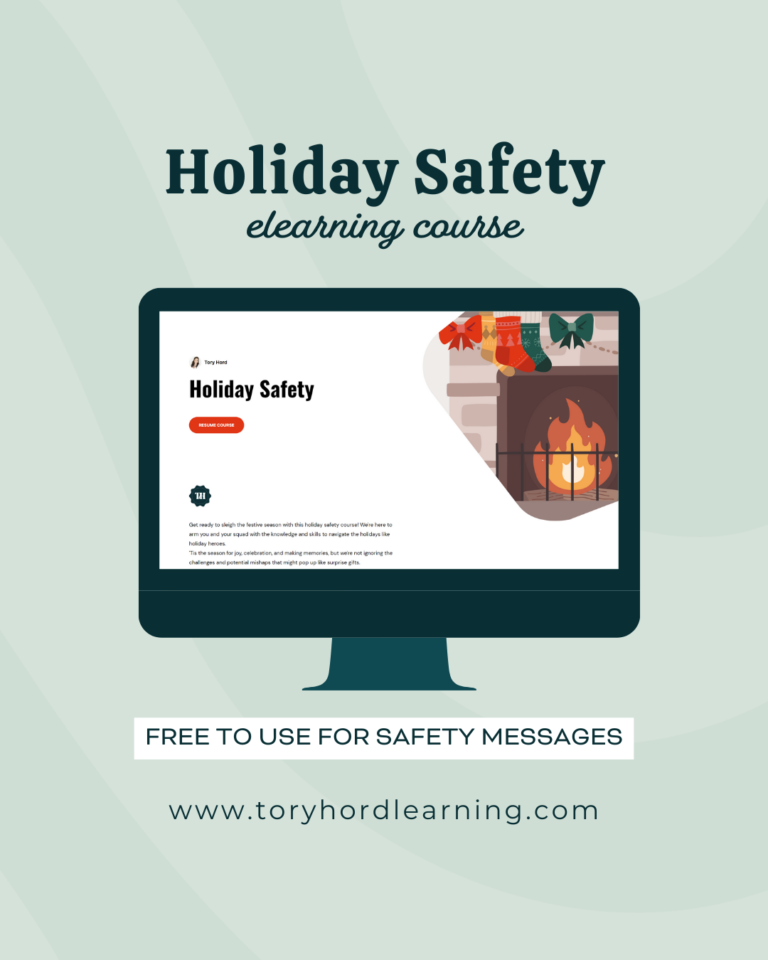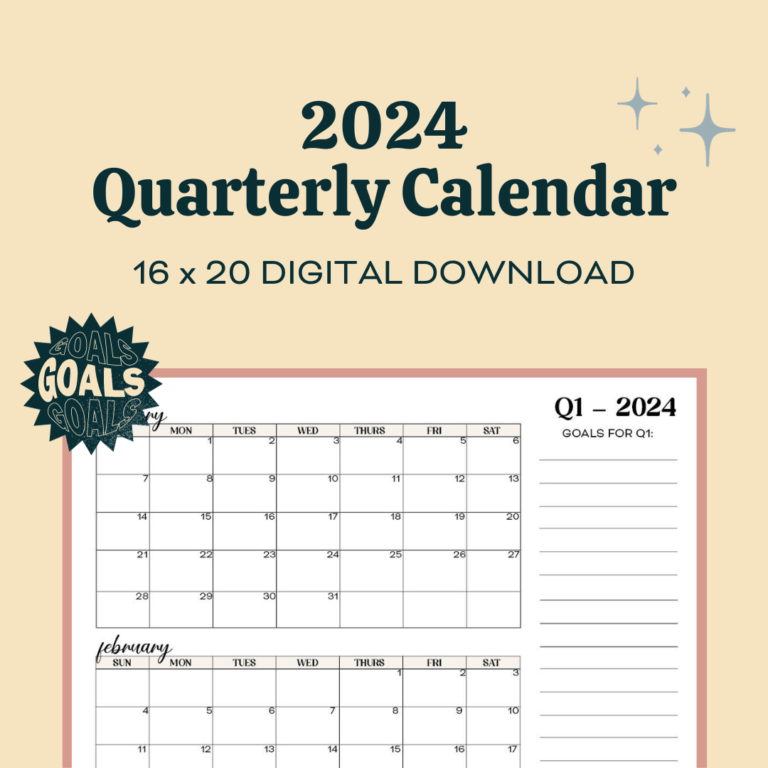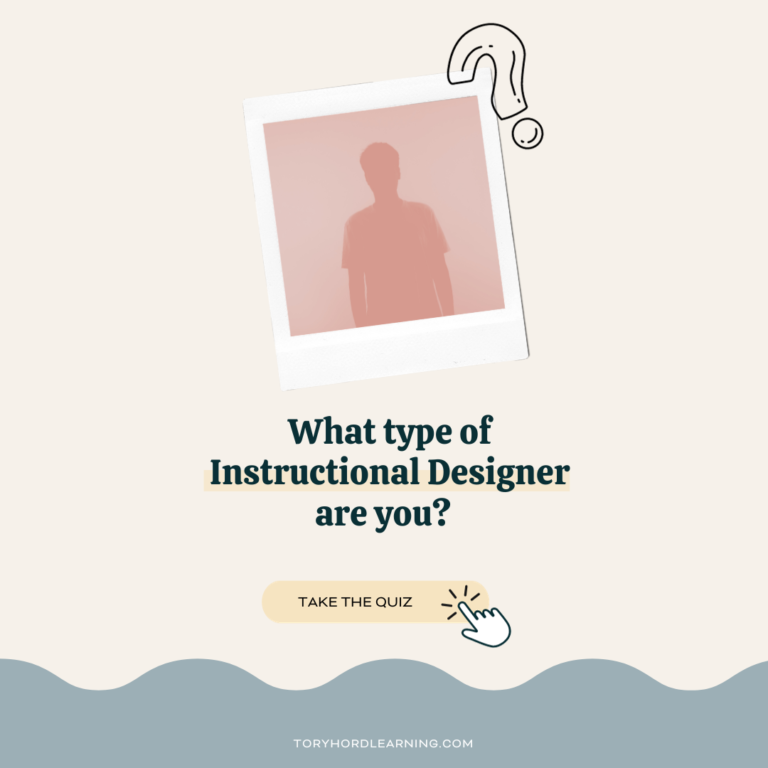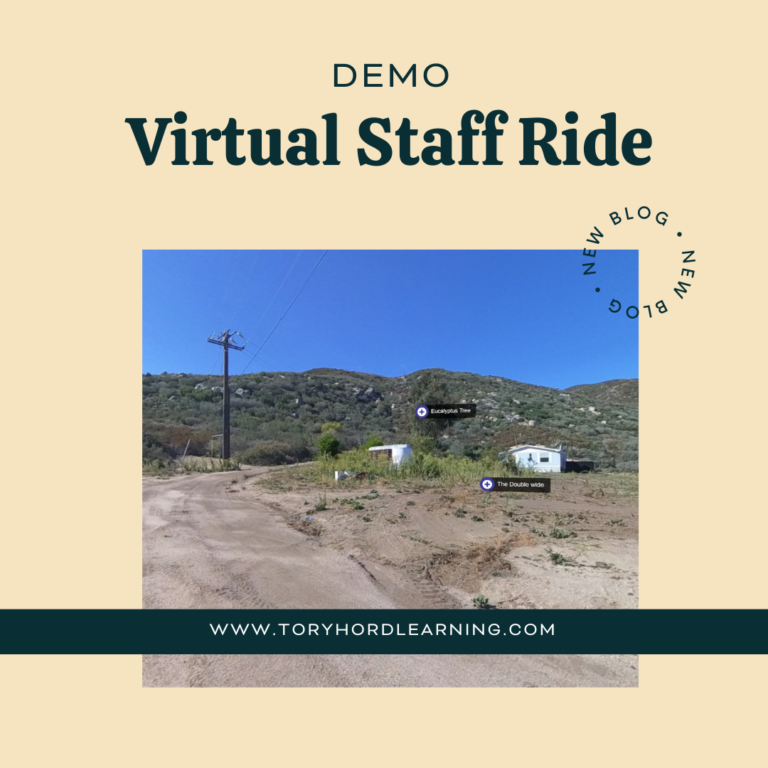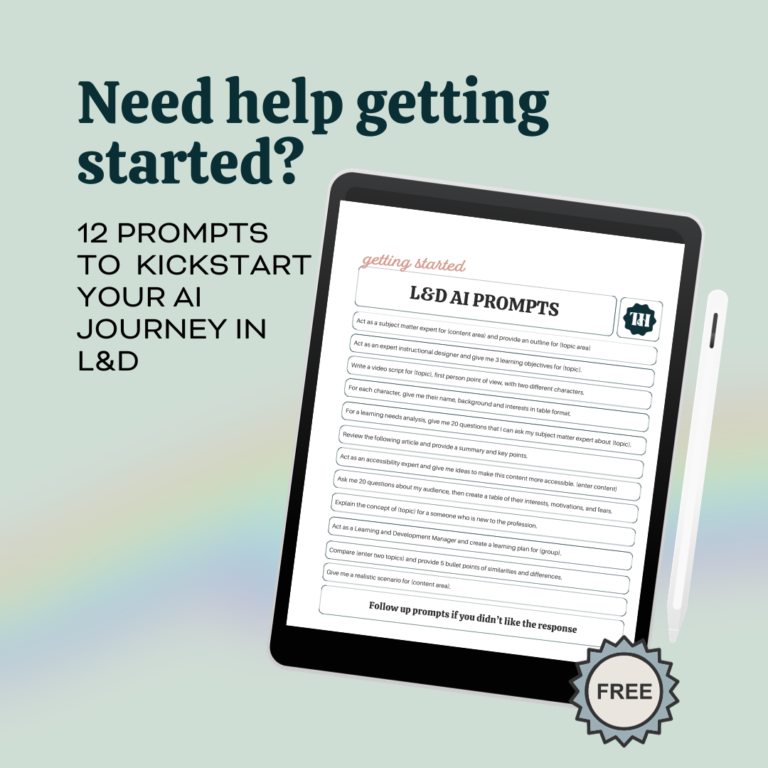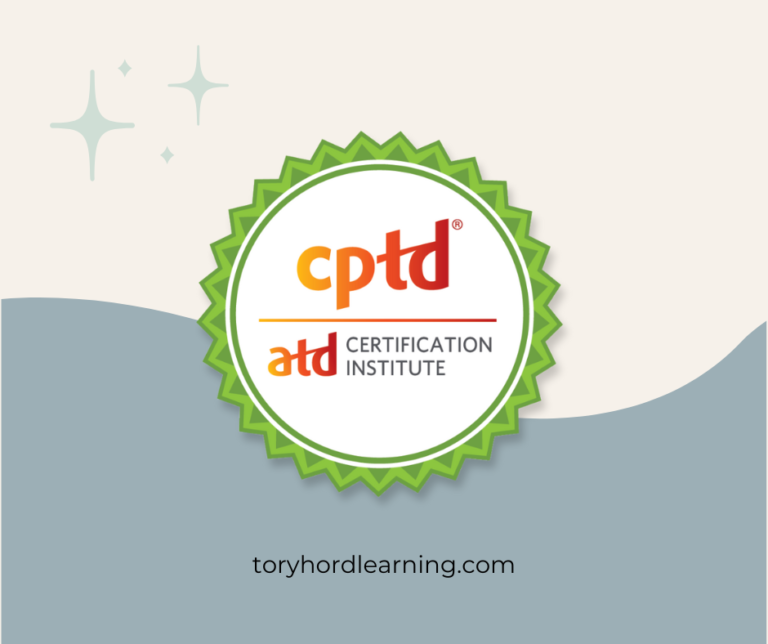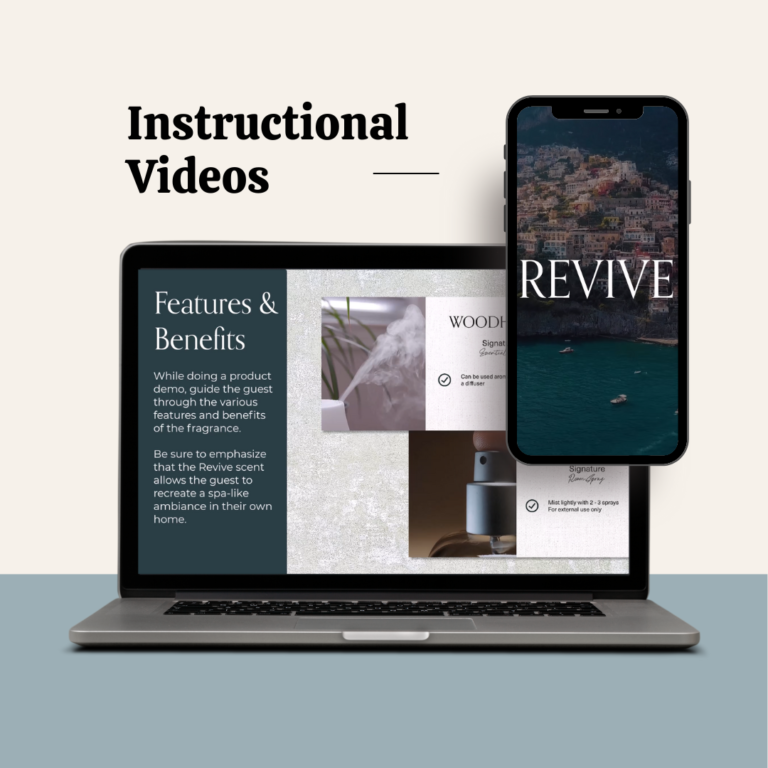Integrating two software programs like Articulate Storyline and Rise can be a great way to provide a better user experience, but it can also be a daunting task. Fortunately, there are some tips and tricks that you can use to make the process smoother and more efficient.
You’re a highly skilled instructional designer and have done the needs analysis and determined the best way to transform the content into a meaningful learning experience. Now, you need to do it quickly so you decide to use Articulate Rise.
You have the option to choose between out-of-the-box interactions in Rise or a storyline block to create a personalized experience.
First and foremost, we know that these programs are from the same family. This means that they should be able to communicate with each other seamlessly and not cause any conflicts or errors. There are a few nuances so answering these questions can help you determine if it would be a good fit to use a storyline block:
- Who is the audience? Are they using mobile devices or laptops/ computers?
- What is the content? Does it call for a more interactive solution than what is available in Rise.
Once you have a clear direction and a storyline block is the best solution, it’s time to design and develop a seamless experience!
A few considerations as you design:
- Storyline blocks are not a great UX for mobile devices
- Don’t use a media element, including animation, audio, video in the first slide to prevent the ‘play’ button
- Remove the player and ensure you have custom buttons for interaction
- Use consistent colors, fonts, and design elements
Test, test, test! With the storyline block integration, you might be going back and forth with slight adjustments to make sure everything works as designed. This will help you to identify any issues or bugs and ensure that the user experience is as smooth and seamless as possible.
Integrating Articulate Storyline and Rise can create a better user experience, but requires planning. Consider the audience and content before selecting Storyline blocks. Design with consistency in mind, and test thoroughly to identify and correct any issues or bugs.
Here’s a great example where I created a microlearning course and had a need for a personalized survey. I couldn’t do this effectively in Rise, so I developed a storyline block.
With the help of the storyline block, I was able to integrate a personalized survey into my microlearning course seamlessly. The survey allowed me to gather the participants’ choices and tailor the content to their needs. This made the learning experience more engaging and effective for the learners as they felt heard and valued. The flexibility and customization options provided by the storyline block gave me the freedom to create a course that met all my requirements and exceeded the learners’ expectations.
Join me in Los Angeles, CA at ATD Techknowledge on February 7-9 to learn more about the specifics. Grab your tickets now!
Are you ready to make a difference in your organization’s learning experience? I’m here to help make that happen! Whether it’s interactive eLearning modules, immersive workshops, or comprehensive training initiatives, let’s work together to drive innovation and propel growth. Contact me today to start a transformative journey towards a future of continuous improvement.
